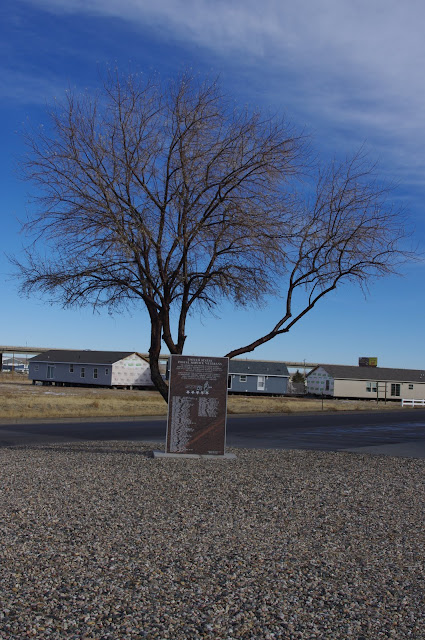 These are monuments at Ft. Phil Kearny, the command which suffered defeat at the Fetterman Fight, but endured an attack later at the Wagon Box Fight.
These are monuments at Ft. Phil Kearny, the command which suffered defeat at the Fetterman Fight, but endured an attack later at the Wagon Box Fight.This blog does not attempt to document battlefields photographically, and the same is true of historic sites. For this reason, this entry does not attempt to depict all of Ft. Phil Kearny. Those wishing to see more photos of the post should look here. Rather, this only attempts to depict a few things topical to this blog.
The monument depicted above is an early one, placed by the State of Wyoming well before any archeology on the post had been done, and very little about its grounds was known. Now, because of archeology on the site, this monument is in a location where it is probably only rarely viewed.


These photographs depict a common device for historic sites in Wyoming, a pipe used for sighting a distant location. In this case, the location is the location of the post cemetery. The cemetary originally held the bodies of the soldiers, and civilians, killed at the Fetterman Fight, but the bodies were later removed to the national cemetery at Little Big Horn.




















































